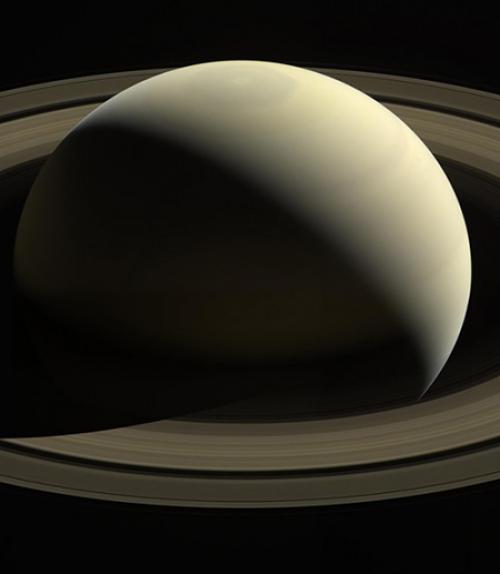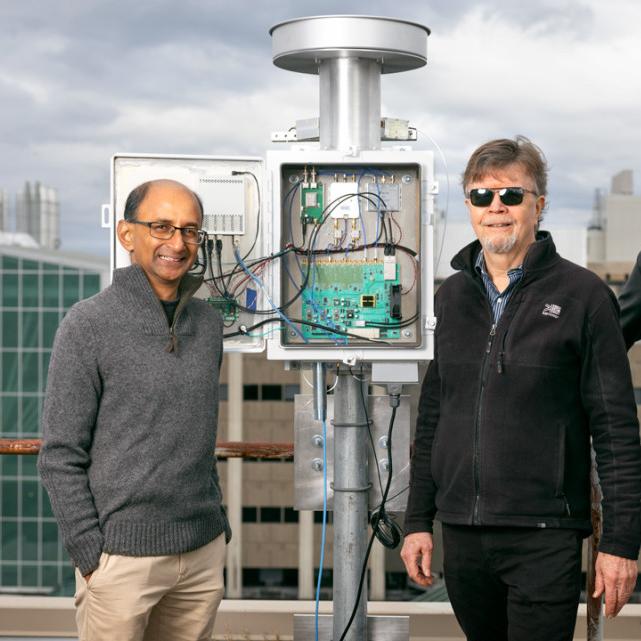
 Department Homepage
Department Homepage
Flyby of Saturn’s C ring prompts plateau puzzlement
As NASA’s Cassini spacecraft threaded its way through Saturn’s rings to acquire the last drops of data before its fatal plunge into the planet nearly two years ago, it collected spectral information about the enchanting C ring and its bright plateaus.Instead of uncovering definitive scientific answers, the spectral images from the Cassini flyby triggered more questions, according to new research published June 13 in Science.



